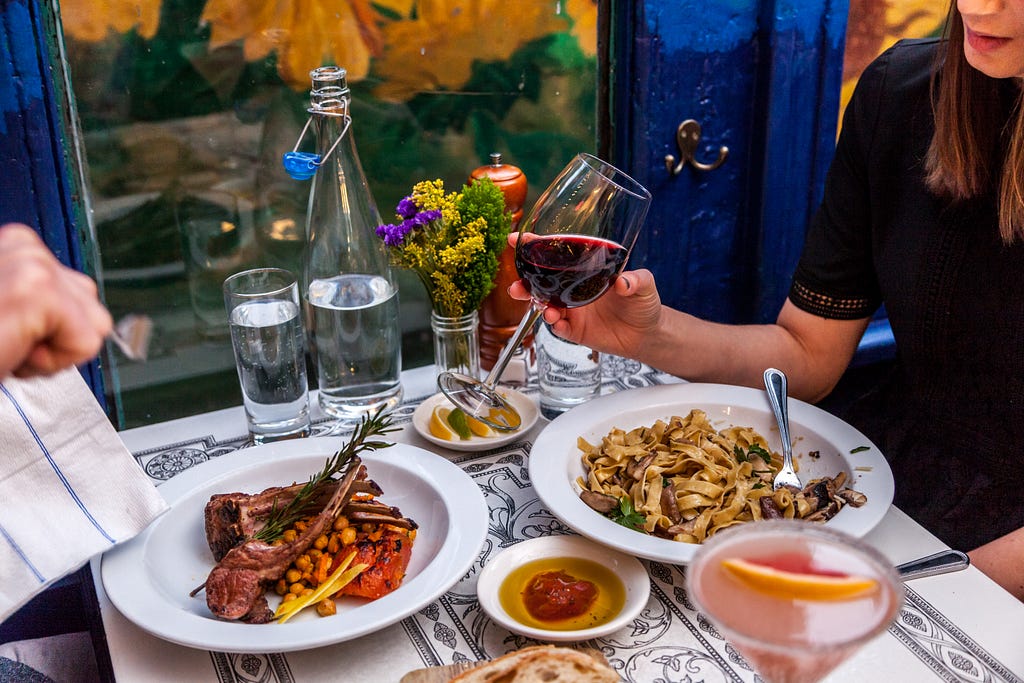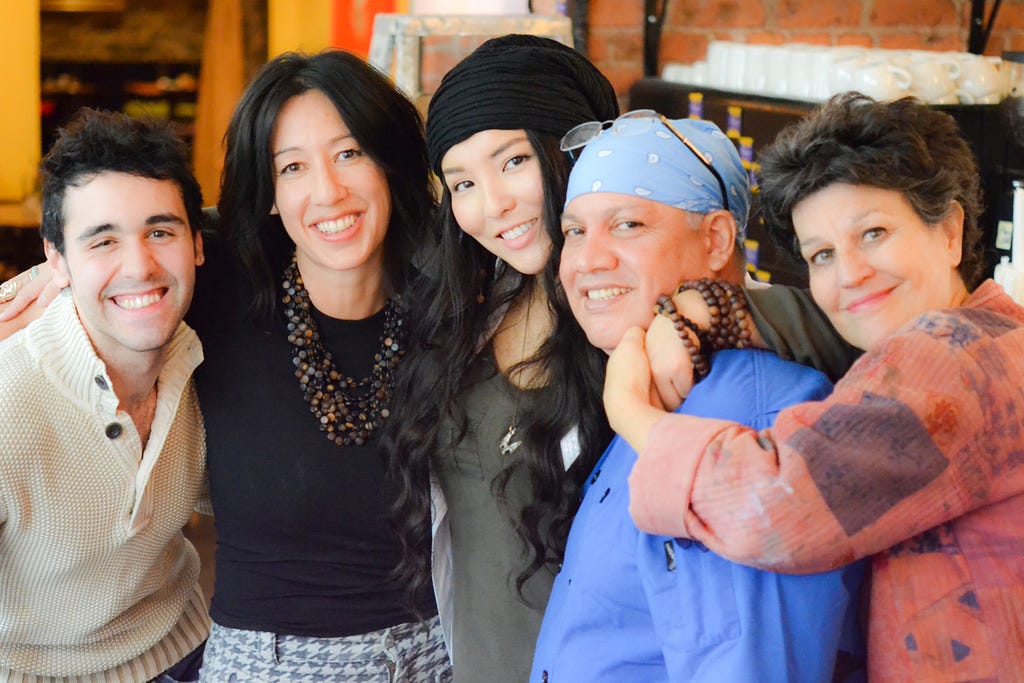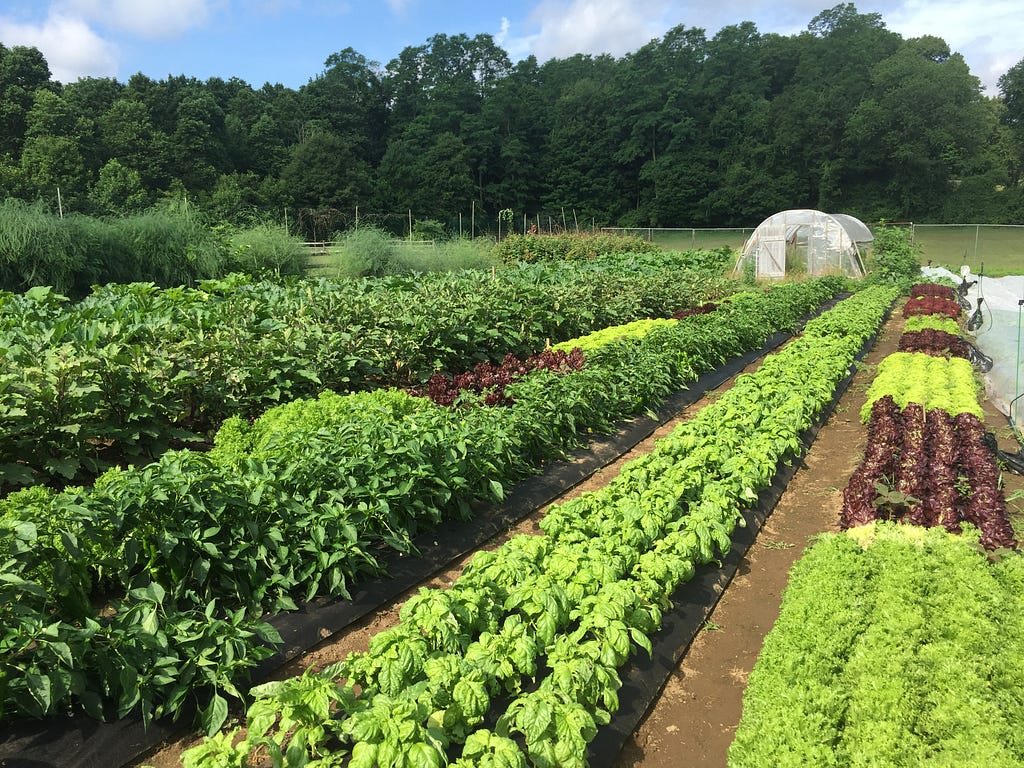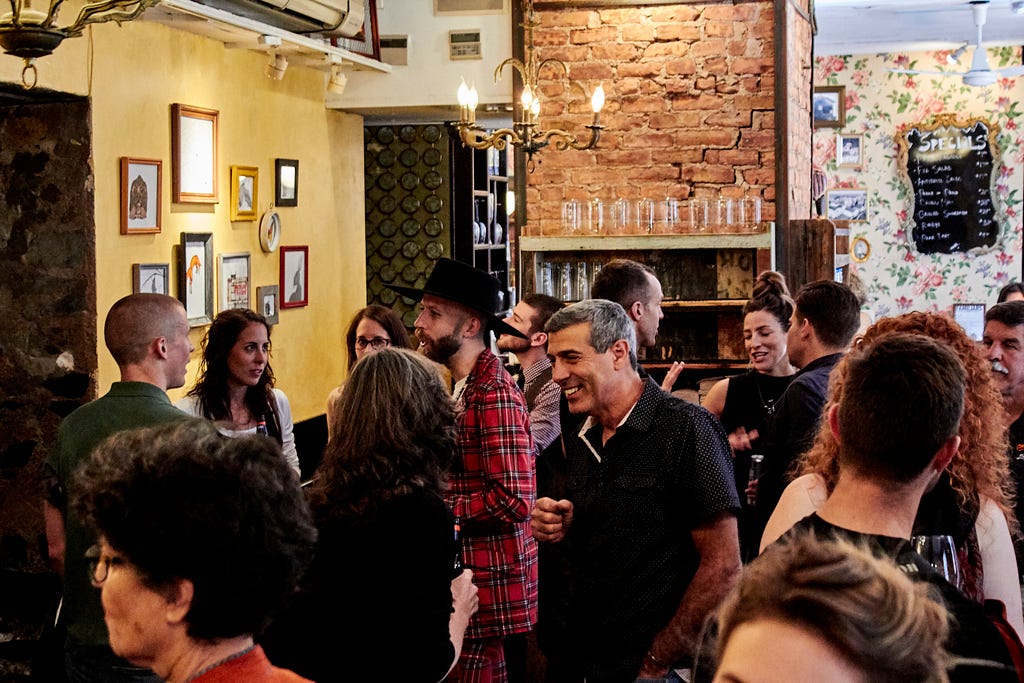B Corp Grows Staff Loyalty and Draws ‘Green’ Honors While Building Its Bottom Line

This article is one in a series highlighting the Best for NYC, a growing community of more than 1,500 local businesses focused on improving the lives of their workers. To learn more about the 2019 campaign, visit bestfor.nyc.
By Alice Maggio
Plumbers make good restaurant owners.
Never heard that one before? Well you must have never met Michael Forte. Until eight years ago, Forte owned a plumbing business with his brothers, working on jobs throughout the New York City area. But he also always dreamed of starting a restaurant that would bring the simplicity and wholesomeness of Italian food to New York City, and so in 2002 he and his wife, Vivian, converted a long-abandoned space in Morningside Heights into a vibrant neighborhood trattoria named Pisticci.

Thanks to his background in construction, Forte says, “I was able to look at a raw space and imagine what it could be.” Named after the town where Forte’s grandparents grew up, Pisticci serves simple, homemade Italian food in a comfortable ambiance. But for Forte, being a great restaurant also means empowering employees and modeling how small businesses can be more environmentally sustainable. Due to his efforts, Pisticci has earned the title of “Greenest restaurant in NYC” from the Green Restaurant Association and has become a Certified B Corporation.
Unlike the owners of many restaurants, Michael and Vivian do not take a day-to-day management role at Pisticci. “When we started the restaurant, I never intended to leave the plumbing business,” Michael Forte says, “so we structured our business in a way that gives our employees some freedom and a feeling of ownership.”
He learned this approach from the plumbing trade, where he could not possibly oversee every detail of every job and had to rely on his employees’ judgment. Most people think that small businesses, and especially restaurants, thrive when their owners are hands-on. So how has Pisticci survived and grown?
“There’s no trick,” Forte says. “If you treat your staff well and allow them to make mistakes, there’s a payback from day one.”
He explains that this approach frees up his time for more strategic, long-term planning and at the same time helps foster a steadfast team. “Most of our kitchen staff has been with us for all 16 years,” he says, “and we have some management who has been with us that long, as well.” This longevity and loyalty is supported by a balance of trust, respect, responsibility, autonomy, and compensation.
Respect and Responsibility
“Our kitchen staff is mostly made up of immigrants,” Forte explains. “So for us it was really important to show that we respect them.” Pisticci pays all kitchen staff what Forte considers a fair wage, and always by check. Forte says that he visited the bank himself to make sure that his employees could open bank accounts. Pisticci has also offered free English lessons for all interested employees, as well as paid vacation time for its kitchen staff.

For servers and bartenders, many of whom are artists, the managers set a schedule for two months at a time. Within that, employees are able to take charge of their own schedules, giving them both the flexibility and regularity that they need to also pursue their artistic endeavors. If they leave for a gig or engagement, Forte says, they are always welcome back once it ends.
Pisticci shares a portion of the restaurant’s profits with all full-time employees who have been working for the company for at least a year. To encourage employees to save for retirement, the restaurant also makes employer matches to their employees’ 401(k)s at the highest percentage allowed. Pisticci has recently formed a partnership with fellow B Corp Spring Bank that enables access to low-interest loans and financial counseling for its employees. Forte shrugs off excessive praise for these practices, saying, “It’s really simple stuff; we’re not reinventing the wheel here.”
Eye on Environmental Impact
Despite Forte’s modesty, his goals for the restaurant are ambitious, especially when it comes to environmental impact. Since the beginning, Forte and the staff of Pisticci have sought ways to shrink their carbon footprint by reducing energy consumption and the use of disposables. When they cannot reduce further, they rely on renewable resources — buying 100% wind energy, composting all organic waste, and purchasing carbon offsets for any remaining footprint. Within a year, Pisticci aims to reduce what it sends to the landfill to zero.
Informed by four years of work at an urban farm in Perth, Australia, and inspired by restaurants in Southern Italy that are supplied by farm plots in their own backyards, Forte has started a small farm in Ossining, New York. Although this element of the business is still young and not yet self-sustaining financially, it does produce enough organic vegetables to supply a weekly farmstand outside the restaurant and fulfill most of the restaurant’s demand for seasonal ingredients.

Forte sees the farm as a huge step in furthering the restaurant’s environmental mission. He points out that “soil is the second-largest carbon sink in the world, next to the ocean. In soil there are billions of organisms. When you grow food organically you are keeping all those organisms alive,” and therefore allowing for the sequestration of more carbon. But beyond the environmental benefit, Forte says, “I’ve heard from a number of our regular customers, and I have noticed this too: When we grow the food ourselves and it comes fresh from the farm, harvested that same day, there’s a noticeable difference in the taste.”

While Forte always thinks of Pisticci as a “restaurant first,” it is also clear that he wants the dining experience to reach beyond the food on the table.
“I’ve always known that starting these green initiatives would cost me money, but I also knew there would be payoff. It drives staff loyalty and customer loyalty,” he says. “Sixteen years in, and my sales are still growing because a lot of people care about more than just themselves, and they like working for a place or eating in a place that shares their same values.”
It has been a fulfilling journey for Forte, and he hopes that Pisticci’s story can inspire more business owners to find ways — perhaps by taking the Best for NYC challenge — to activate their businesses to achieve more social and environmental good. “It started as a passion; it didn’t start as a business model. It became a business model because it’s our passion,” he says. “But honestly, I can’t imagine running a business and not doing what I’ve done at Pisticci restaurant.”
Pisticci is a member of Best for NYC, an initiative of the New York City Mayor’s Office of Workforce Development in partnership with B Lab. Best for NYC aims to build a shared understanding that businesses can thrive financially while also making decisions that benefit their workers and their community.
B the Change gathers and shares the voices from within the movement of people using business as a force for good and the community of Certified B Corporations. The opinions expressed do not necessarily reflect those of the nonprofit B Lab.

Pisticci: Good Practices Make Good Neighborhood Restaurants was originally published in B the Change on Medium, where people are continuing the conversation by highlighting and responding to this story.